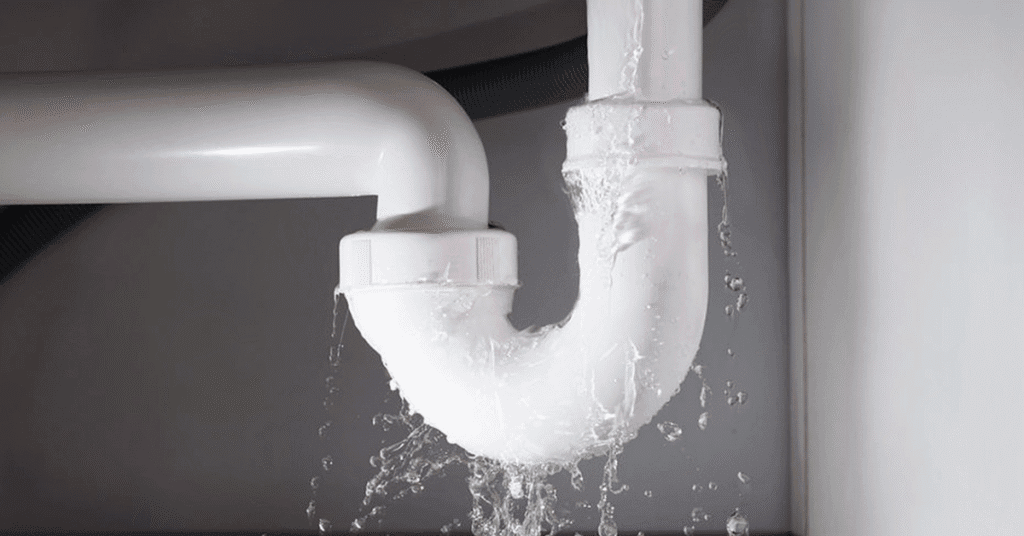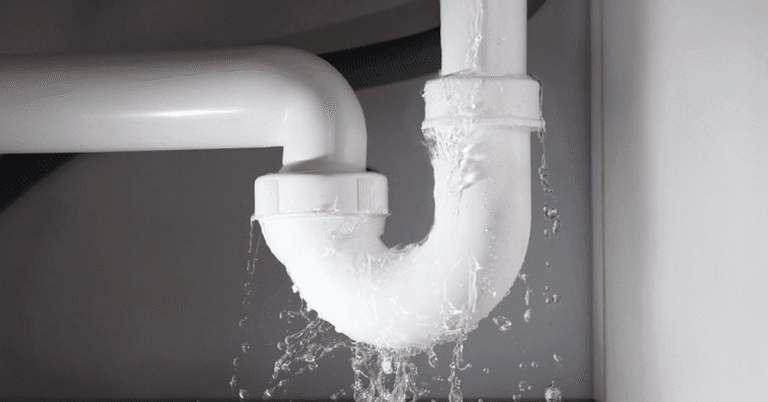
Central Oregon is known for its pristine landscapes, fresh air, and beautiful rivers. But when it comes to the water running from your kitchen faucet, can you be certain it’s truly safe to drink? Even in communities with high-quality municipal systems, contaminants can enter water supplies through aging infrastructure, environmental changes, or household plumbing issues. That’s where understanding the science of water filtration becomes essential.
At Einstein Pros, we help homeowners in Bend, Redmond, and across Central Oregon get the peace of mind they deserve by combining expert plumbing knowledge with proven water filtration solutions. In this post, we’ll explore how filtration works, what the EPA Drinking Water Standards require, and how you can ensure your tap water meets them.
Understanding EPA Drinking Water Standards
The U.S. Environmental Protection Agency (EPA) is responsible for setting nationwide safety limits on more than 90 contaminants found in public drinking water. These include:
- Microorganisms (like bacteria, viruses, and parasites)
- Disinfectants (chlorine, chloramine)
- Disinfection byproducts (THMs, HAAs)
- Inorganic chemicals (lead, arsenic, nitrates)
- Organic chemicals (pesticides, industrial solvents)
- Radionuclides (uranium, radium)
The EPA enforces the Safe Drinking Water Act (SDWA), which establishes the Maximum Contaminant Level (MCL) for each substance. MCLs are carefully calculated to protect human health while considering the feasibility and cost of treatment for water suppliers.
If you’re curious about your local water quality, your municipality must provide an annual Consumer Confidence Report outlining test results compared to these federal standards. But that’s only part of the story — the water can still pick up impurities after leaving the treatment facility.
How Contaminants Enter Your Home Water Supply
Even if your water utility meets EPA standards, problems can arise between the treatment plant and your faucet. Common sources include:
- Aging pipes in older homes – Lead and copper can leach into water from corroded plumbing.
- Localized contamination – Construction, agricultural runoff, or nearby industrial activities can impact water lines.
- Household plumbing issues – Rust, scale buildup, or sediment inside pipes can affect taste and safety.
- Well water concerns – If you rely on a private well, you are responsible for testing and treatment.
Our Central Oregon water filtration services address these potential threats before they reach your glass.
The Science Behind Water Filtration
Water filtration uses physical and/or chemical processes to remove impurities from water. Here are the most common filtration technologies and how they work:
1. Activated Carbon Filtration
- How it works: Water passes through a bed of activated carbon, which adsorbs organic compounds, chlorine, and certain chemicals.
- Best for: Improving taste, reducing odor, and removing chlorine byproducts.
- Limitation: Doesn’t effectively remove heavy metals or pathogens.
2. Reverse Osmosis (RO)
- How it works: Water is forced through a semi-permeable membrane, blocking particles, dissolved salts, and many contaminants.
- Best for: Removing heavy metals, fluoride, nitrates, and microorganisms.
- Limitation: Slower filtration rate, requires storage tank.
3. UV (Ultraviolet) Purification
- How it works: Ultraviolet light damages the DNA of bacteria and viruses, neutralizing them.
- Best for: Disinfecting microbiologically unsafe water.
- Limitation: Doesn’t remove chemical contaminants.
4. Sediment Filtration
- How it works: Filters made from pleated polyester or polypropylene remove dirt, sand, and rust particles.
- Best for: Pre-filtration before other systems.
- Limitation: Doesn’t address dissolved contaminants.
Many homes benefit from multi-stage systems, which combine these technologies for comprehensive protection.
Testing Your Tap Water
Before investing in a filtration system, it’s wise to test your water. You can:
- Request your Consumer Confidence Report from your water provider.
- Hire a professional plumber to conduct on-site water testing.
- Use an EPA-approved home test kit for basic analysis.
At Einstein Pros, we provide in-home testing to pinpoint exactly what’s in your water, so we can match you with the right treatment solution.
Why Filtration Matters in Central Oregon
While Central Oregon’s municipal water is generally safe, unique local factors can increase risk:
- Volcanic soil can influence mineral content and hardness levels.
- Seasonal snowmelt can change turbidity and introduce organic matter.
- Rural and well water users face risks from agricultural runoff and septic system leaks.
A tailored filtration system ensures your water remains clear, safe, and pleasant year-round.
Choosing the Right System for Your Home
When selecting a filtration solution, consider:
- Your water source – Municipal vs. well water.
- Specific contaminants – Based on test results.
- Household size and water usage – Determines capacity needs.
- Maintenance requirements – Filter changes, service intervals.
Our team at Einstein Pros designs custom filtration systems to meet both safety standards and your family’s daily needs.
Final Thoughts
The science of water filtration is about more than just clean-tasting water — it’s about protecting your health. Even with EPA standards in place, household-level filtration adds an essential safeguard, especially in regions where environmental and infrastructure factors can introduce contaminants.
By understanding the filtration process and the role of EPA guidelines, you can make informed decisions about your home’s water. For expert advice, accurate testing, and professional installation, contact Einstein Pros today. We’re committed to ensuring every drop from your tap is as pure as nature intended.
